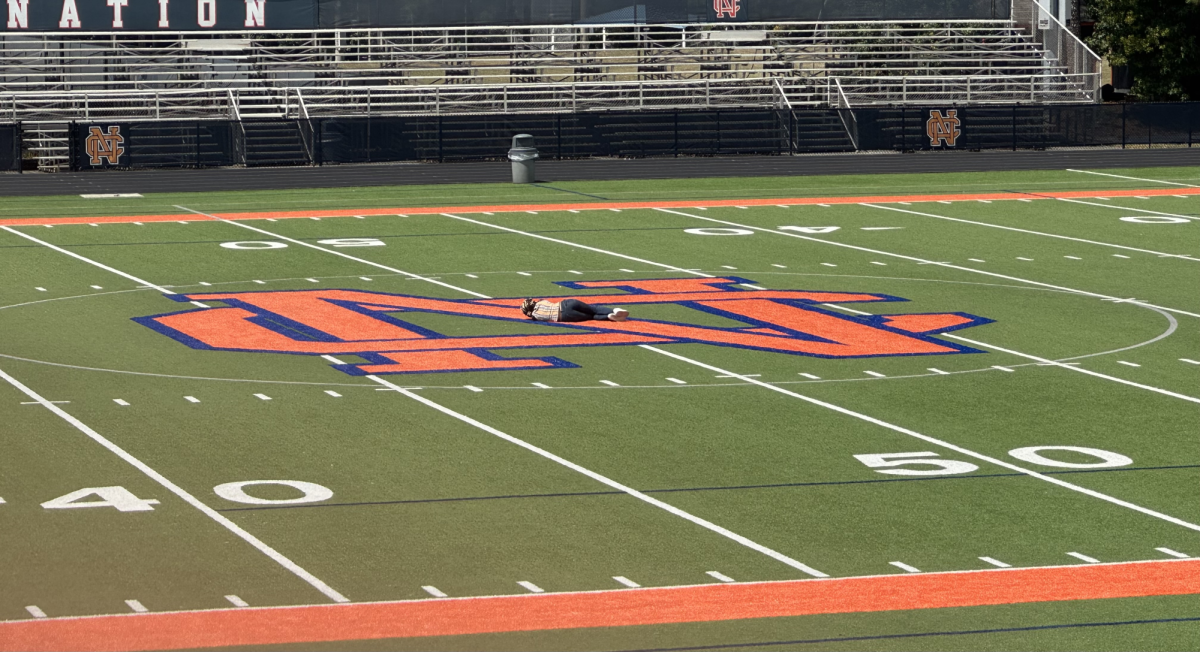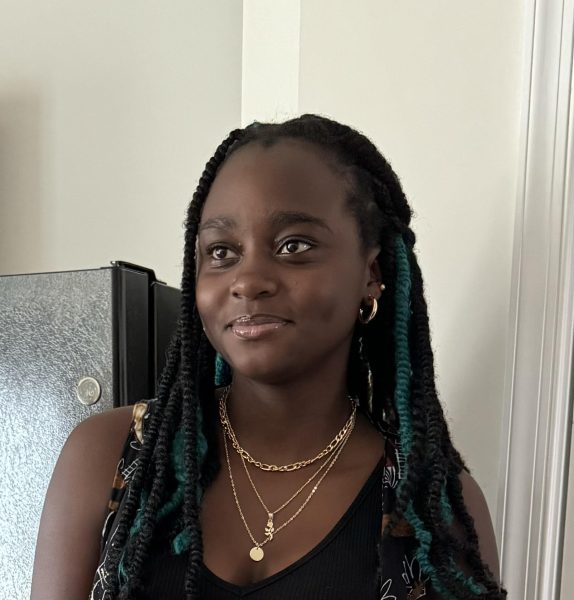When people become stressed, overwhelmed or encounter a rough day, taking a nap can help manage their concerns. Toddlers take naps until society deems them too old, typically at the age of five. Preschoolers nap daily because it improves physical and mental health, in addition to elevating children’s moods. However, older children do not receive this same privilege, even though it could benefit kids and teens to take a midday rest for around 30 minutes.
A nap after an eight-hour day of school benefits kids’ second development stage of their cognitive maturation. According to Johns Hopkins pediatrician Michael Crocetti, M.D., M.P.H., teens need a total of nine to nine-and-a-half hours of sleep each night. Teens do not receive a sufficient amount of sleep, especially on school nights, because of all the work they compensate for at home and the multiple clubs and activities they participate in after school hours. With all the various outside interruptions to teens’ sleep, doctors believe parents and kids should take steps to receive sufficient sleep requirements.
A shift in a teen’s sleep schedule constitutes a negative biological shift in their internal clock by two hours. The average teen rests for a maximum of seven hours, excluding those who attend after-school activities, but adolescents need an increased amount of sleep time to maintain their physical health. Issues like acne, weight gain and other common health issues start to arise in teens as a result of insufficient sleep. Regular teens who attain less than seven hours of sleep end up with chronic sleep deprivation. This epidemic increases the likelihood of teens facing an inability to concentrate, failing classes, anxiety and depression and thoughts of harm.
“I believe we should have nap time in some part of our school day because of how much we have to do at school. Plus we have lives outside of school, getting up early in the morning for about a year. And then some of us have stuff outside of school like jobs, homework and chores we have to do at home. There are so many other things to do in our day, but our whole day is full from around six in the morning to eleven to twelve at night with little to no sleep during the prior night. It makes sense for us to have nap time even if not everyone takes a nap, but we get a little free time as long as we get some type of break. Not just go, go, go all the time,” sophomore magnet student Chloe Bettis said.
Studies presented that schools remove nap time because of the maturation in teens’ brain performance. Children who nap on a regular basis tend to forget things relatively quickly, encouraging schools to end nap time for older children. The research shows that nappers and non-nappers store a day’s information differently. Based on the facts that teens’ hippocampus develops, schools see the pattern in non-nappers remembering more information they were given during the school day while nappers tend to remember a foggier day, not able to recall much.
Schools stop hosting nap time before kids’ adolescence to meet the higher academic standards, replacing nap time with learning time and cognitive activities. In the new phase of school, the teachers use this new-found time to maintain an extra instructional period. Educators use high school as a way to replicate how the workplace will operate once students graduate, but tend to overlook the fact that people commonly take naps on the job.
Integrating nap time into high schoolers’ schedules could take the edge off and help teens’ health issues as well as their academic performance related to students’ insufficient sleep, in all probability creating an effective educational environment for students and teachers. This could lead to a balance of healthier habits and better progress in the classroom.
“I vote for having what we had right after COVID, where we come in for two days and then you have Wednesday for asynchronous. We had two days on and a day at home for homework and the last two days back at school again. It just went so much smoother. Nap time, no but there’s no reason for school to be this long,” Officer Nina Daniels said.
Incorporating nap time in high school schedules possesses the possibility of solving health problems that a majority of teens face. Yet schools refuse to condone the fact that kids do not receive enough sleep, working them to exhaustion. The health issues that are seen due to the lack of sleep make hosting a time in the day for some extra sleep undoubtedly evident.










